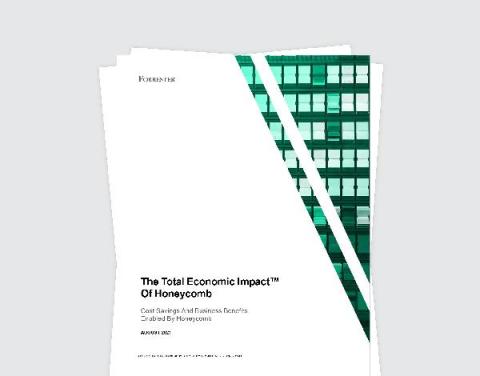What Is Honeycomb's ROI? Forrester's Study on the Benefits of Observability
Register for the webinar and download the full study to see and apply Forrester’s financial model to determine the observability ROI for your organization. Many teams want to adopt observability and Honeycomb—but run into budget roadblocks because budget holders may not clearly understand the quantifiable benefits to their end users, their teams, and the bottom line.











